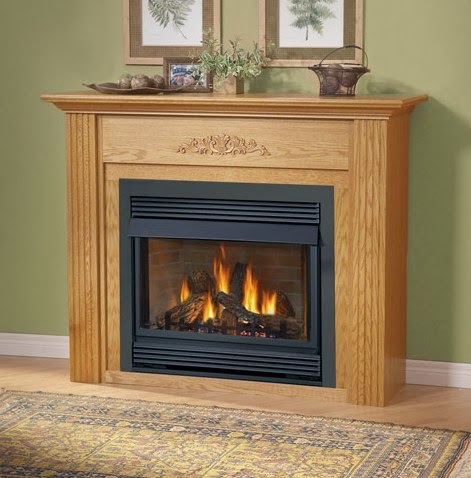Having hot
water is more than just turning on a faucet in your home. Today, having the
latest and greatest hot water systems has made it difficult for architects and
remodelers. If we think about it, it’s easy to see why. Current homebuyers want
homes that will “pay for themselves” in the long run in terms of efficiency and
economical operation, and since water heating is the third-largest expense in a
home, getting the best system is important.
But what
exactly is the “best system?” When it comes to water heating, there are two
options, tank-style and tankless. Currently, tankless systems have been winning
the appeal of homeowners throughout the US because they surpass the
energy-efficiency of a traditional tank-style water heater. How? Well, unlike a
tank-style system that has a reservoir of hot water, tankless (also known as
“on demand”) water heaters activate only when you need them. When there is a
demand for hot water somewhere in your home, cold water travels through the
unit where a powerful heat exchanger transfers heat from heated coils to the
water, quickly heating it to the desired temperature. On average, it is
estimated that a tank-style system costs $230-285 a year to operate, while
tankless systems have a average of $165-170.
Even with
their incredible energy efficiency and low operating cost, tankless systems
aren’t necessarily the right choice for every homeowner. Below I’ve made a list
of the Pros and Cons of both tank and tankless systems. Consider these factors
before buying to ensure you’re buying the smartest choice for your home.
TANK-STYLE
WATER HEATERS:
PROS:
·
Traditional – This is a system that’s been
around for years. It’s straightforward and gets the job done.
·
Inexpensive – Both the retail cost and
installation cost are fairly inexpensive. Tank-style water heaters can cost
under $300, while the most expensive tankless system can cost $1,700+.
·
Energy Star certified – Some models are now
being stamped with the Energy Star seal of approval, so it is possible to save
money on your heating bill with one of these more efficient systems.
CONS:
·
Always on – No matter how Energy Star efficient
a model claims to be, the truth is these systems NEVER turn off. They’re
constantly on, re-heating the water when the temperature drops and constantly using
energy.
·
Bulky – This is especially noticeable in smaller
homes, but these systems are much bigger and bulkier than tankless systems.
·
May not be enough – If you have teenagers living
with you, you’ve probably woken up to experience cold showers. The truth is,
this sort of system may be inadequate for larger or busier families, unable to
supply as much hot water as needed.
·
Lower life expectancy – On average, this sort of
system should last you anywhere from 12-15 years, which is less than a tankless
system.
PROS:
·
Energy efficient – These systems can easily
reduce your energy cost by up to 25% a year. Depending on which fuel source you
get (
propane, gas, or electric), you may be looking at 80-85%
efficiency for gas models and 98+% efficiency for electric models.
·
Unlimited hot water – A tankless system can
supply a virtually unlimited supply of hot water to your home at a rate of 2-5
gallons per minute. No more cold showers!
·
Compact – These systems can be very small, about
the size of a small suitcase. In the case of electrical tankless water heaters,
the size is even smaller and can fit in cabinets and under sinks.
·
Durable – Life expectancy is 20+ years.
CONS:
·
Expensive – Tankless systems can cause anywhere
from $500-2,000. And that’s just retail price. If you go for a natural gas or
propane fueled tankless system, installation cost is also expensive as they
require intricate ductwork and vents, as well as new gas lines most of the
time.
·
Replacement can be pricey – If you’re replacing
whole-home unit to whole-home unit, a tankless unit replacement can be as
pricey as $3,000 total.



.jpg)







